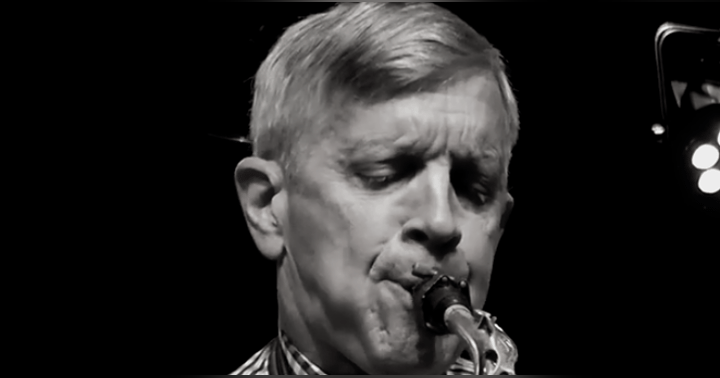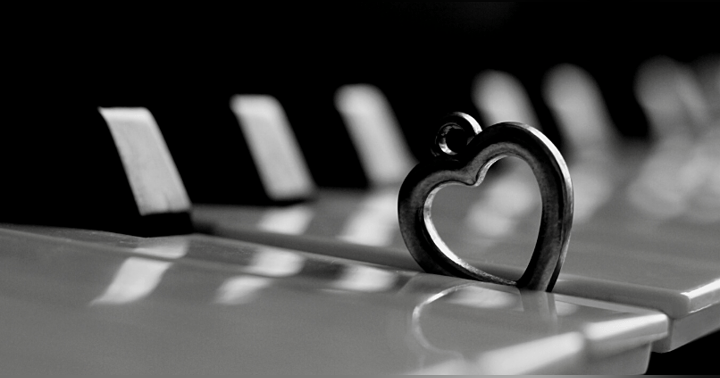Rhythmic Vocabulary, 2

Greetings JazzPianoSkills Fam!
This last week we continued our exploration of developing Rhythmic Vocabulary using fundamental quarter note, eighth note patterns. Two weeks ago we used scale motion (Dorian Mode) to play twelve rhythmic patterns. This last week we utilized the same twelve rhythmic patterns however instead of using scale motion we opted to use classic arpeggio motion. In doing so, as all of my regular podcast listeners know, we rhythmically embraced the only two types of motion that exist in music - scale motion, and arpeggio motion. Additionally, we intentionally played scale and arpeggio motion using ascending and descending movements. Why is this a big deal? Because moving up and down are the only two directions a musical line can travel. See, music is pretty simple (at least theoretically speaking). A melody is improvised (or composed) using scale and arpeggio motion moving up and down - that's it. Once you come to this realization then your entire approach to practicing will embody this musical fact. And, this is precisely why we have been exploring the development of Rhythmic Vocabulary with the systematic and formulaic approach we've been using. So, I thought I would take a few minutes with this blog post to outline our systematic and formulaic approach in writing.
Rhythmic Vocabulary Practice Outline
- Fundamental Quarter/8th Note Patterns
- Without question the most important rhythmic patterns to learn conceptually, aurally, and physically. Your ability to swing quarter notes and 8th notes are imperative to successfully become an accomplished jazz pianist. Do not underestimate the importance of practicing these "basic" and "fundamental" rhythmic patterns!
- 7 Note Rhythmic Patterns
- Each rhythmic pattern consists of 7 notes (one for each note of a scale). When applying a Rhythmic Vocabulary to scale and arpeggio motion you are learning how to think linearly (horizontally) when improvising. This is an essential step to becoming an accomplished jazz pianist with a mature sound.
- Motion and Direction
- To properly develop Rhythmic Vocabulary it is imperative to use both scale and arpeggio motion using ascending and descending directions.
- Sound Fragments
- In the podcast episode, I modeled everything using a sound fragment that moved from the Root to the 7th of the sound. The rhythmic patterns would also be played from the 3rd to the 9th, 5th to the 11th, and 7th to the 13th of sound; four tremendous sound fragments!
- Pair of 8th Notes on Count Four
- Begin with placing a pair of 8th notes on count four of the measure. Counts 1, 2, and 3 will be played using quarter notes. The challenge is to play each quarter note for its full value. If you cut the quarter note short your playing will take on a staccato-sounding articulation; not good! An additional challenge is to play the 8th note pair with a relaxed "long-short" interpretation. The tendency is to always play the 8th notes "faster" which causes a feeling of "rushing". You never want to be out in front of the beat when playing jazz and "rushing" 8th notes does exactly that; not good!
- Pair of 8th Notes on Count Three
- After gaining command of an 8th note pair played on count four it's time to shift the 8th notes to count 3 of the measure; counts 1, 2, and 4 are played using a quarter note. Again, relax the quarter notes and do not rush the 8th notes - they are not played "faster!"
- Pair of 8th Notes on Count Two
- Once you have successfully played 8th notes on the backend of the measure (counts 3 and 4) it's time to move the 8th notes to the front end of the measure. Begin by placing a pair of 8th notes on count 2; place quarter notes on counts 1, 3, and 4. Again, relax the quarter notes and do not rush the 8th notes - they are not played "faster!"
- Pair of 8th Notes on Count One
- Now that you have successfully interpreted 8th note pairs on counts 2, 3, and 4 it's time to place an 8th note pair on count 1 of the measure. Again, relax the quarter notes and do not rush the 8th notes - they are not played "faster!"
- 8th Note Pairs on Counts 3 and 4
- Up to this point, we have isolated a pair of 8th notes by placing them on a single beat within the measure. Now it's time to incorporate an additional pair of 8th notes. We begin with placing 8th notes on the entire backend of the measure (counts 3 and 4) with quarter notes on counts 1 and 2). Again, relax the quarter notes and do not rush the 8th notes - they are not played "faster!"
- 8th Note Pairs on Counts 2 and 3
- Just as we moved a single pair of 8th notes around within the measure, we now will do the same with two pairs of 8th notes. Shift the two 8th note pairs to counts 2 and 3; quarter notes on counts 1 and 4.
- 8th Note Pairs on Counts 1 and 2
- The two 8th note pairs have now been placed on the backend of the measure (counts 3 and 4) and in the middle of the measure (counts 2 and 3). It's time to place the two 8th note pairs on the front end of the measure (counts 1 and 2) with quarter notes on counts 3 and 4. Just a reminder, relax the quarter notes and do not rush the 8th notes - they are not played "faster!"
- 8th Note Pairs on Counts 2 and 4
- Time to split up the two 8th note pairs and we begin with placing one 8th note pair on count two and one 8th note pair on count 4. Quarter notes are played on counts 1 and 3. In doing so we create a rhythmic pattern consisting of alternating quarter and 8th notes; very hip!
- 8th Note Pairs on Counts 1 and 3
- Keeping the same approach of the alternating quarter and 8th notes we now place the 8th notes pairs on counts 1 and 3 with quarter notes played on counts 2 and 4. Again, very hip and very common jazz Rhythmic Vocabulary.
- 8th Note Pairs on Counts 2, 3, and 4
- Up to this point, we have used isolated 8th note pairs and a grouping of two 8th note pairs to create Rhythmic Vocabulary patterns. It's time to add an additional pair of 8th notes and we do so by placing a quarter note on count 1 followed by 8th notes pairs on counts 2, 3, and 4. Just another friendly reminder, relax the quarter note and do not rush the 8th notes - they are not played "faster!"
- 8th Note Pairs on Counts 1, 2, and 3
- Now flip the pattern so that the three 8th note pairs are placed on counts 1, 2, and 3 followed by a quarter note on count 4. Another great example of classic jazz Rhythmic Vocabulary.
- 8th Note Pairs on Counts 1, 2, 3, and 4
- The final Rhythmic Vocabulary pattern places 8th note pairs on all four beats of the measure. Now that we are dealing with an eight-note pattern and we only have seven notes in a scale, be sure to repeat the last note of the pattern twice. One final reminder, play the 8th note pairs with a relaxed long-short articulation; do not play them "faster".
So enjoy this podcast episode exploring Rhythmic Vocabulary (take it seriously!) and if you are a JazzPianoSkills Member be sure to use the Podcast Packets (Illustrations, Lead Sheets, and Play Alongs) for this episode to help you maximize your musical growth.
Thanks for being a JazzPianoSkills Member. It is my pleasure to help you discover, learn, and play jazz piano!
Warm Regards,
Dr. Bob Lawrence
JazzPianoSkills


